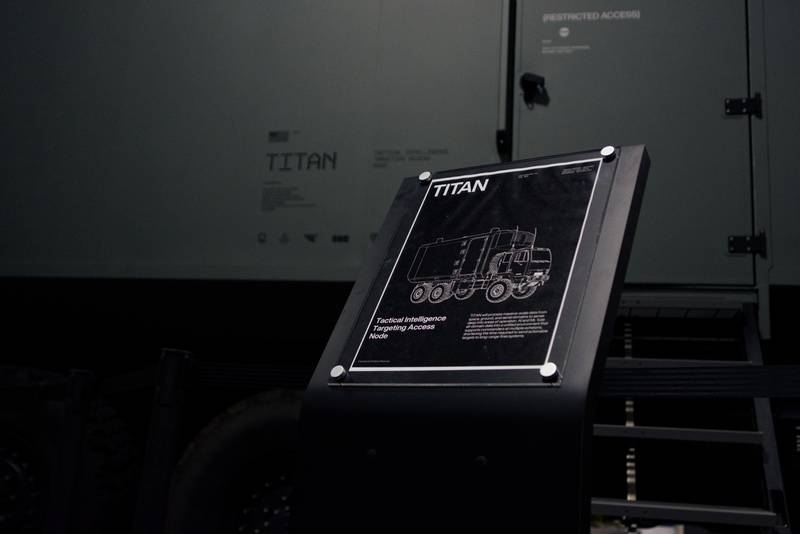Funding for some of the Pentagon’s top technology research priorities will hold steady or decline slightly in fiscal 2025, according to the latest defense spending blueprint.
The Defense Department is seeking $143.2 billion in research and development money for the coming fiscal year, documents published March 11 show. That’s a decrease from last year’s $145 billion request — the department’s largest-ever innovation and modernization ask.
Deputy Secretary of Defense Kathleen Hicks said constraints imposed by the 2023 Fiscal Responsibility Act are to blame for the somewhat smaller spending outlook. She told reporters during a briefing that the Pentagon did what it could to maintain funding for key technology accounts.
“Even under the FY25 cap, we continue to make investments in basic research, advanced technology, experimentation, artificial intelligence, and cyber and space capabilities,” Hicks said.
RELATED

The request includes $1.4 billion for Combined Joint All-Domain Command and Control, or CJADC2, and $1.8 billion for AI. Both figures are consistent with the FY24 plan.
The CJADC2 concept envisions forces across land, air, sea, space and cyber working together to outwit and outshoot tech-savvy adversaries. Automation and AI feed into that, with the Chief Digital and AI Office helping realize the requisite information-parsing and database connectivity.
Mike McCord, the Pentagon comptroller, on Monday told reporters AI is ingrained in “so many things” that a detailed breakdown of investments is tricky to readily produce.
“It’s a little hard to put your arms around, and therefore the number is not necessarily reflective of the impact of it, in the fact that it’s in so many places,” McCord said. He promised to provide an accurate inventory as soon as possible.
The Defense Department is juggling more than 685 AI-related projects, including several tied to major weapons systems, according to the Government Accountability Office, a federal watchdog.
Elsewhere, the department reduced its ask for the Rapid Defense Experimentation Reserve, an effort to fill high-priority capability needs with advanced technology, by more than $200 million.

That cut, which brings RDER funding to about $450 million, comes as the Pentagon prepares to transition its first projects to military users. The department is waiting on FY24 funding, which Congress has yet to approve, before it can build and field systems. Those capabilities are largely classified, though DOD has confirmed the first round of projects is focused on long-range fires in U.S. Indo-Pacific Command.
INDOPACOM’s remit includes North Korea and China.
Also included in the department’s request is $144 million for the Office of Strategic Capital — a jump from last year’s $115 million pitch. Defense Secretary Lloyd Austin created OSC in 2022 to draw private-sector funding toward the military’s most-needed technologies.
The office released its first investment strategy earlier this month, highlighting areas like biotechnology, space-enabled services and systems, quantum sensing and battery storage as its initial priority sectors.
Courtney Albon is C4ISRNET’s space and emerging technology reporter. She has covered the U.S. military since 2012, with a focus on the Air Force and Space Force. She has reported on some of the Defense Department’s most significant acquisition, budget and policy challenges.
Colin Demarest was a reporter at C4ISRNET, where he covered military networks, cyber and IT. Colin had previously covered the Department of Energy and its National Nuclear Security Administration — namely Cold War cleanup and nuclear weapons development — for a daily newspaper in South Carolina. Colin is also an award-winning photographer.








